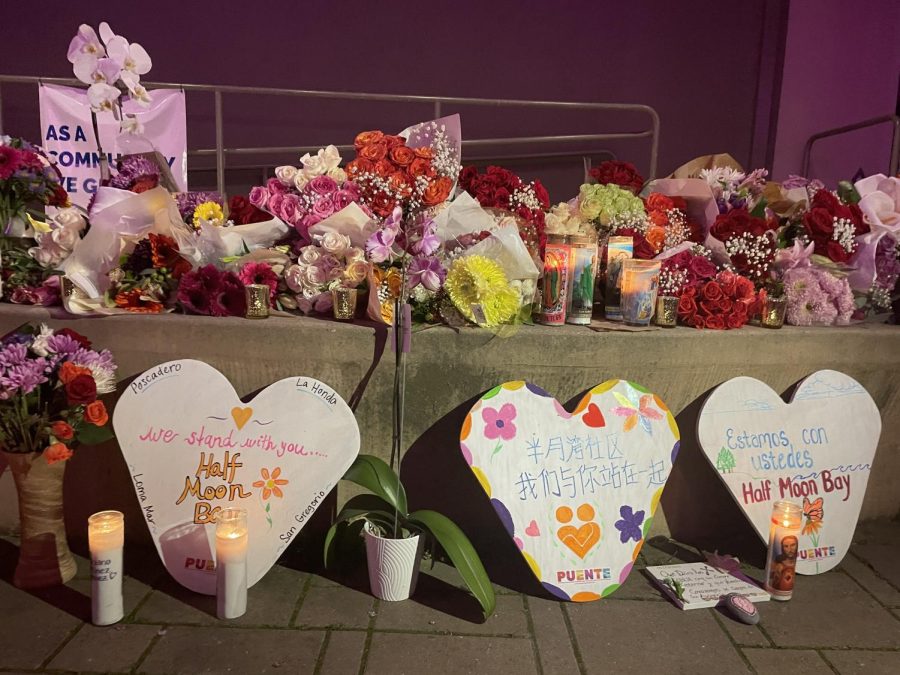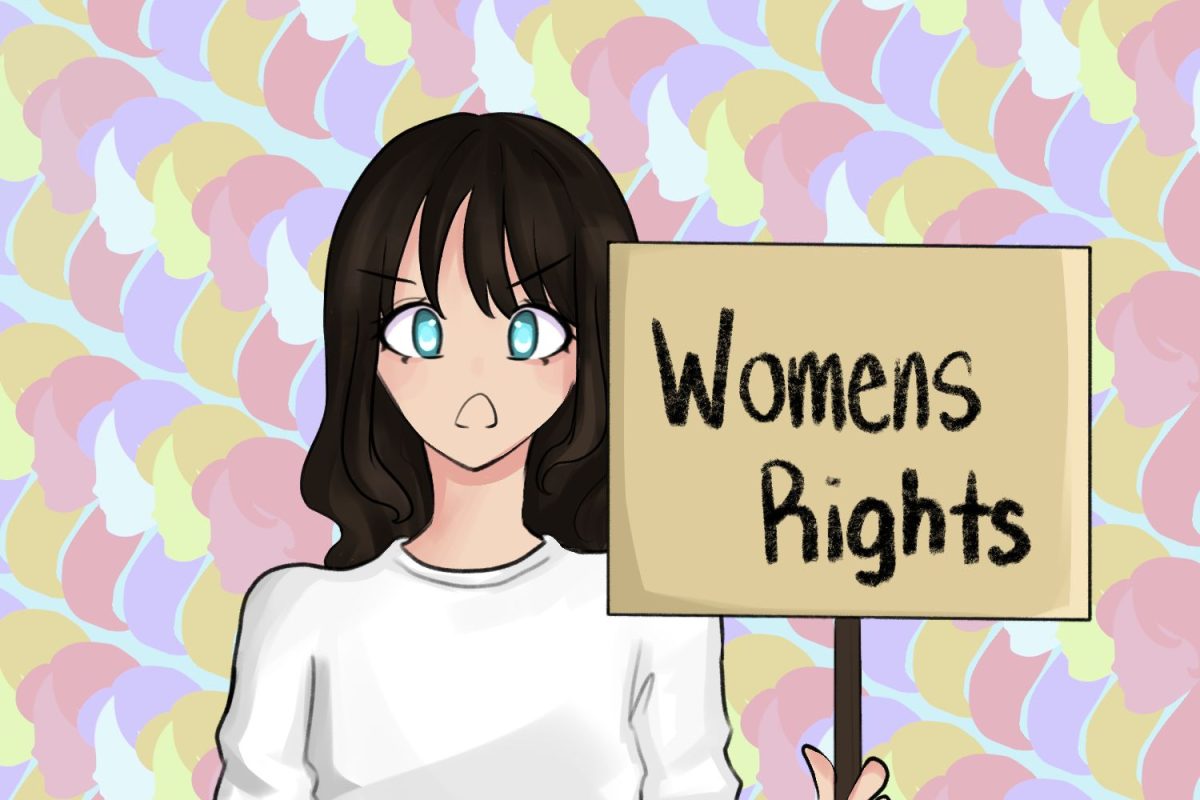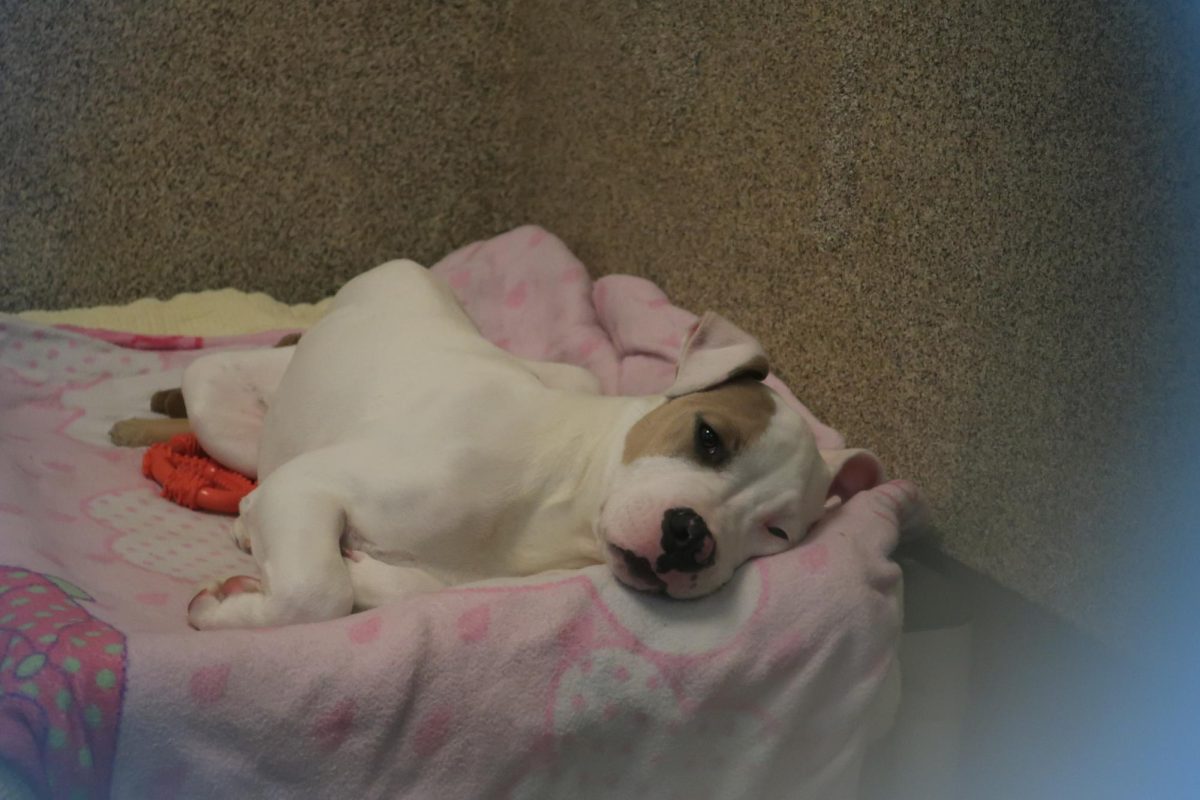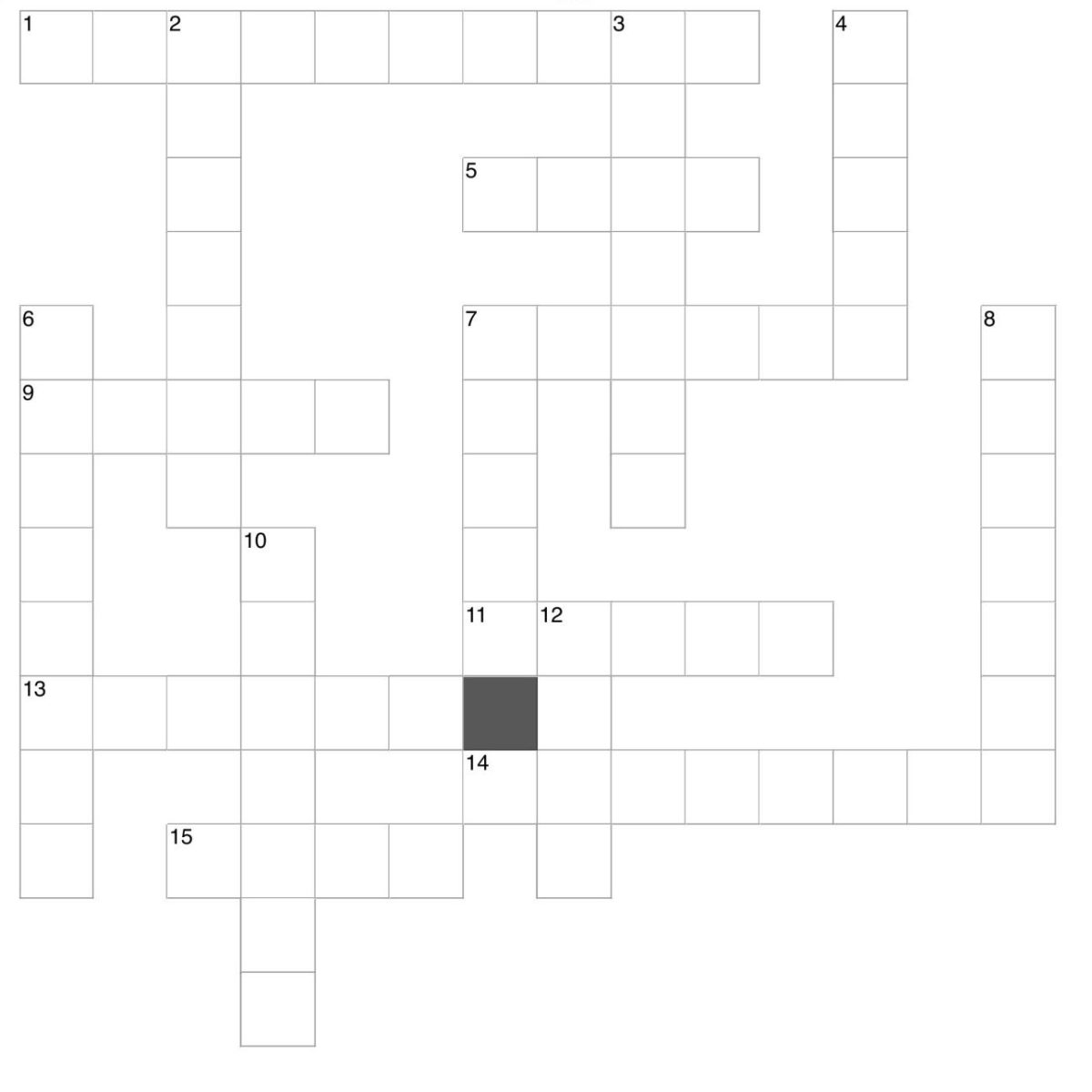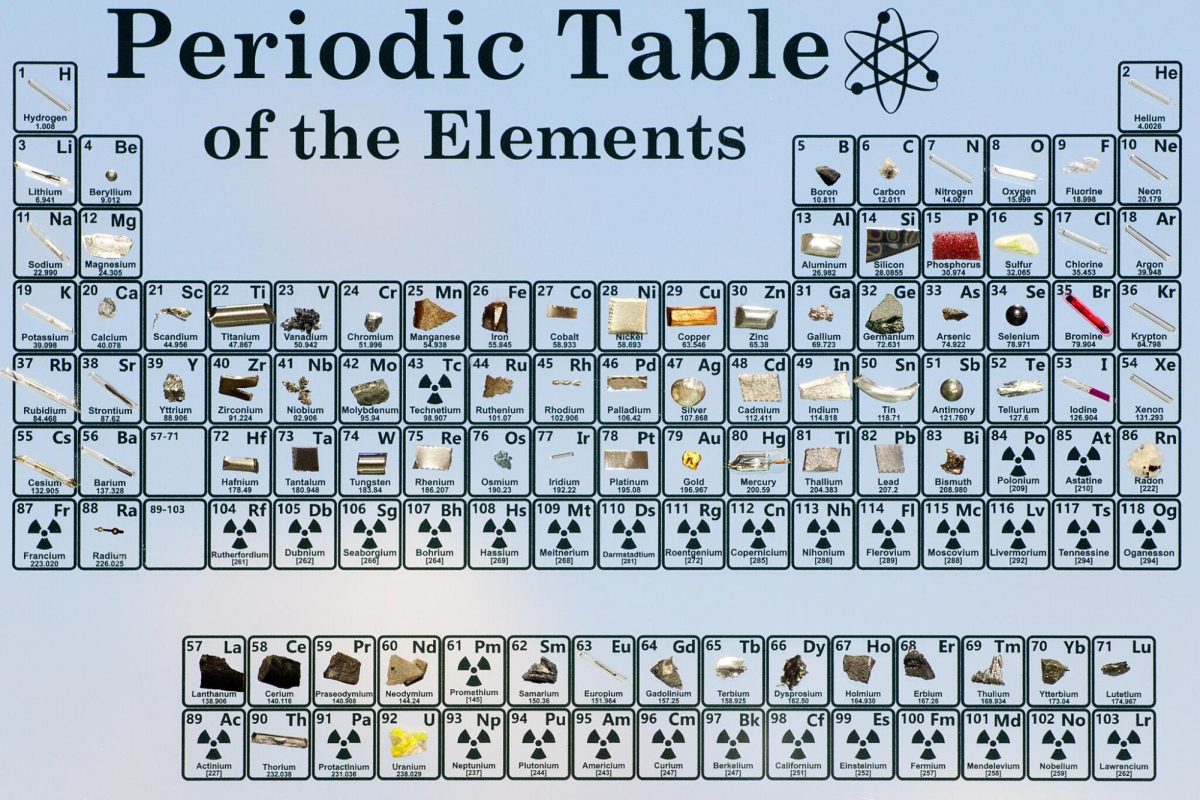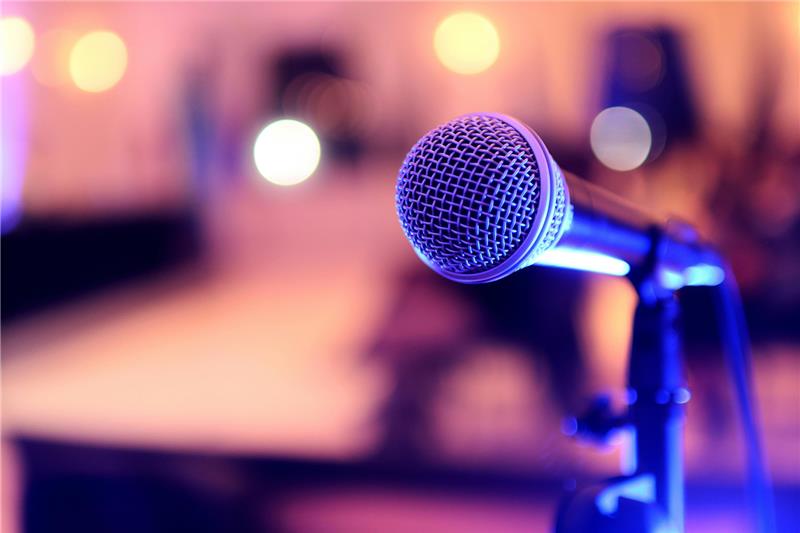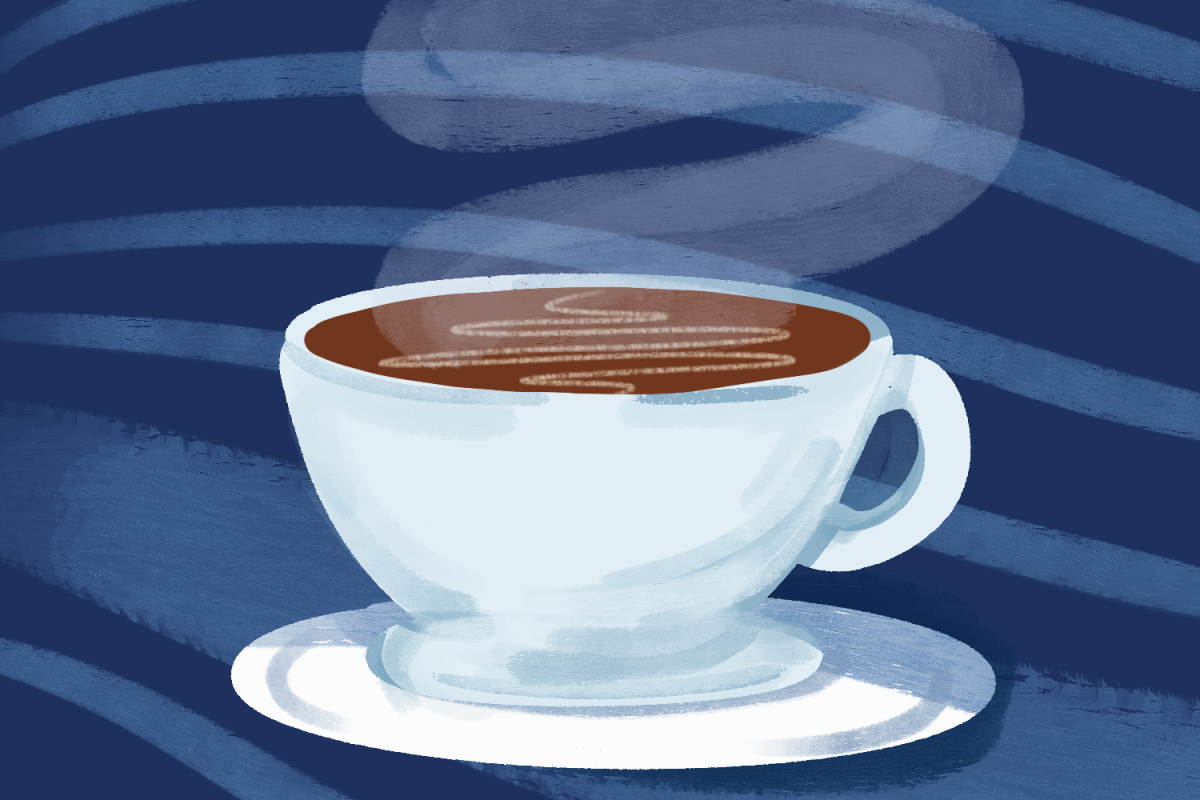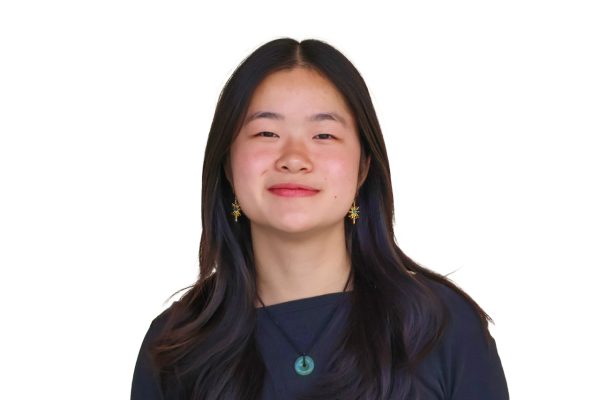Beverly Hills, San Diego, Oakland, Half Moon Bay, Monterey Park, Goshen, and San Francisco. Seven California mass shootings in January have left at least 31 dead and 22 injured, according to the Gun Violence Archive (GVA).
The string of shootings in California has become part of a gun violence pandemic. The rate of mass shootings has risen in recent years to a peak of 690 incidents in 2021—almost two per day.
The GVA defines a mass shooting as an event where at least four people are injured or killed with a firearm, not including the perpetrator. This definition excludes acts of gun violence that kill or harm less than four people, bringing the number of gun deaths in 2020 up to 45,222, according to the Centers for Disease Control and Prevention (CDC).
“I was heartbroken. I was devastated. It’s just tiring to see that we can’t have spaces that are supposed to be safe anymore because we deserve to have safe spaces,” said Ashley Castillo, a member of the national advisory board for Students Demand Action about the Monterey Park shooting.
Students Demand Action is an organization of youth activists working to end gun violence.
“It’s absurd how many people need to be taken for our lawmakers to realize that there needs to be some sort of difference made,” Castillo said.
Castillo’s advocacy was partly inspired by her experience with swatting; according to the Seattle Police Department, swatting is a fake 911 call intended to draw emergency public safety resources, especially police, to an unsuspecting person’s residence.
Castillo’s former school, Hollywood High School, received a fake call reporting a school shooting, causing mass panic and police to arrive on campus. Castillo says the school handled the situation poorly.
“While everybody was freaking out, they didn’t take it seriously. One teacher was going around opening barricaded doors with the master key. So many things were going on simultaneously that were wrong and put our lives in danger. In my classroom, we didn’t even lock the doors. That’s when people became outraged and said, ‘Something needs to be done about this,’ so I turned what happened to me into advocacy,” Castillo said.
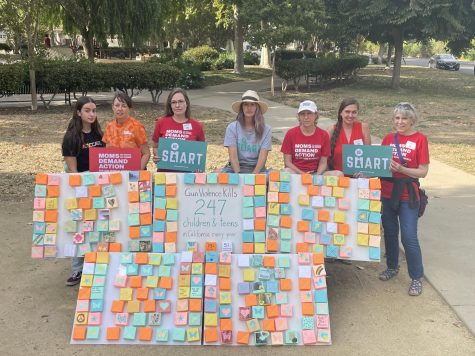
Carlmont has its own Students Demand Action chapter, and Samantha Kim is one of the co-presidents. Kim founded the chapter after the Parkland shooting in 2018 and has worked to pass legislation for safe storage ordinances, which mandate the secure storage of firearms, as well as education on gun violence.
“It’s hard to say people should pay more attention to gun violence because it can be really scary and traumatizing. But it’s important to be educated about gun legislation when you vote because voting is one of the biggest things people can do,” Kim said.
In particular, the Monterey Park and Half Moon Bay shootings also profoundly impacted the Asian American community. Both perpetrators were of Asian descent, and many victims were also Asian people.
“It was very interesting that it was Asian on Asian violence, but it really speaks to how important mental health is. We should pay more attention to people in our culture regarding mental health and getting treatment. I know the Monterey Park shooter went to the police a few times before the shooting with some claims that could have demonstrated his unstable mental health, so paying attention to family members and people in the community is crucial,” Kim said.
According to the Los Angeles Times, the Monterey Park shooter, Huu Can Tran, had gone to the police before with claims that he thought his family was trying to poison him.
However, not everyone believes tighter gun restrictions solve gun violence.
“California has the strictest gun laws in the United States, but according to statistics from the Federal Bureau of Investigation (FBI), California also has the most active shooter events. From our standpoint, that shows that gun control does not protect people. It doesn’t protect lives. It only harms those who are willing to abide by the law,” said Courtney Parker, the student outreach director at Gun Owners of America (GOA), an organization that protects the right to bear arms outlined in the Second Amendment. The FBI reported that in 2021, six out of 61 active shooter incidents occurred in California, the most of any state.
Additionally, Parker argues that the focus should not be on the gun but on the people pulling the trigger.
“If a man has it in his heart to do evil and harm, then they’re going to find a way, whether through stabbing or arson. There are all kinds of ways to commit violence—it doesn’t have to be with a gun. The emphasis needs to always be on the person. The gun by itself does nothing,” Parker said.
For Parker, the importance of the Second Amendment and its role in protecting people cannot be overstated.
“A lot of people feel like, ‘Well, I’ll just call the police if something happens.’ But a lot of times, you may not even have time to dial 911, so we need to be armed. We need to have that right to be protected. Our forefathers understood that an armed society is a free society, and the only way to prevent tyranny is to have that right to self-defense. It’s imperative for the upcoming generation to understand that,” Parker said.
Organizations dedicated to protecting gun rights have grown in recent years, but so have organizations for gun control.
Nick Nyein is a Los Angeles organizer for March For Our Lives (MFOL), a youth-driven non-profit that focuses on advocating for stricter gun regulations. MFOL was founded by survivors of the Marjory Stoneman Douglas High School shooting in Parkland, Fla.
“What fed this national movement for gun violence prevention was the feeling that gun violence was a defining part of the American youth experience because of how it steals the blood of so many youths,” Nyein said.
Nyein, who is 19, says that anyone can get involved in advocacy, especially young people.
“I have been really, really lucky not to be a victim of gun violence or know someone personally who is a gun violence victim. I think there’s a misconception about gun violence prevention advocacy, which is that you need to be a victim. While so many of these amazing leaders do have this personal connection to gun violence prevention, it’s incredibly important to show solidarity and get involved in issues you haven’t been directly affected by,” Nyein said.
Nyein’s advocacy has also partly been motivated by fear.
“After the Saugus shooting, after Uvalde, and even after the Monterey Park shooting, there’s this constant fear that gun violence will eventually become too personal. It feels like it just keeps getting closer and closer,” Nyein said.
Though despite constant tragedy, Nyein sees a glimmer of hope.
“I’ve witnessed more and more students in my own communities start up local March For Our Lives chapters or social justice clubs at their schools. Sometimes we look at these national problems and feel really overwhelmed with how we are going to solve them,” Nyein said. “But the most effective way to bring change is starting within your immediate community.”


